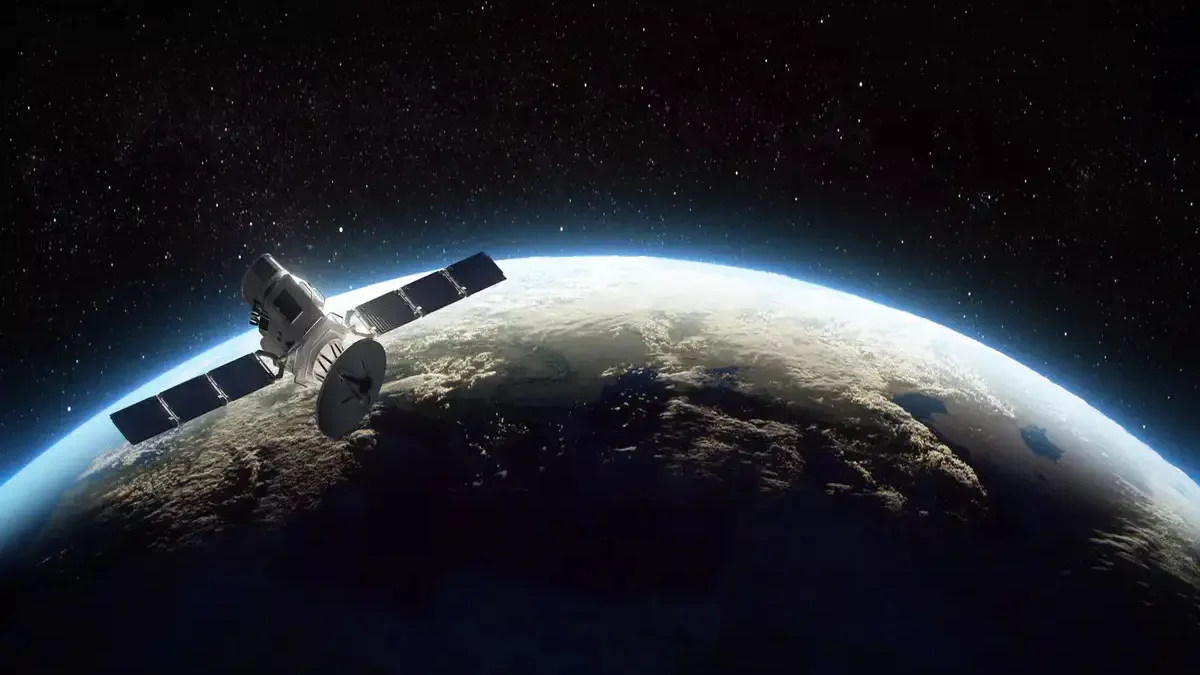Necessary Always Active
Necessary cookies are required to enable the basic features of this site, such as providing secure log-in or adjusting your consent preferences. These cookies do not store any personally identifiable data.
|
||||||
|
||||||
|
||||||
|

India has introduced stricter security rules for satellite communication services. The Department of Telecommunications (DoT) announced over 20 new conditions under the Global Mobile Personal Communications by Satellite Services (GMPCS) license. These apply to both existing and new companies offering satellite internet and communications in India.
According to TelecomTalk, this move focuses on national security. It comes at a time when satellite technology is advancing quickly, and global tensions are rising. Companies like Starlink, Amazon’s Project Kuiper, Eutelsat OneWeb, and Jio-SES will all need to follow the new guidelines to operate in India.
The new India satellite security rules require that all data centers, network control systems, and domain name resolution services be located within India. This rule is called data localisation. It ensures that all Indian telecom data stays inside the country.
Satellite companies must now also ensure that no Indian user data is copied or decrypted outside India. “The licensee shall provide real-time monitoring to ensure that no user traffic is routed through any gateway or PoP located outside Indian territory,” the guidelines said.
Monitoring systems must be installed to allow legal surveillance. Companies must integrate their systems with India’s Central Monitoring System (CMS) or Integrated Monitoring System (IMS). This will help authority’s track data and communication in real time if needed.
The government wants to make sure that user data from India does not travel through foreign systems. Companies must also ensure that websites blocked in India stay blocked on their satellite networks.
Another important rule in the updated satellite communication guidelines is the mandatory integration with NavIC, India’s satellite navigation system. All satcom services in India must now use NavIC for better accuracy and independence from foreign systems like GPS.
The rules also focus on mobile satellite users. Earlier, only fixed-location terminals were allowed. But now, for mobile terminals (like satellite phones or portable devices), the location must be reported every 2.6 kilometers or every one minute, whichever happens first.
If the terminal moves into a restricted or sensitive area, the system must automatically shut down the service. This is meant to prevent any misuse of the technology near sensitive locations like borders, military zones, or restricted areas.
The government also strictly prohibits location spoofing. Companies must make sure user location and sensitive data are never accessible from outside India.
As part of the Indian satcom security norms, the DoT has asked companies to help improve border security. Satellite communication providers must create a special monitoring zone of 50 kilometers along India’s international borders. This is to make sure that communication services are not misused near the country’s borders.
In addition, there is a strong push for domestic or “indigenous” manufacturing. The government has asked satcom companies to prepare a five-year plan that ensures at least 20% of ground equipment is made in India. This helps support the local manufacturing sector and reduces dependence on foreign technology.
The rules apply equally to global players like Starlink. Communications Minister Jyotiraditya Scindia said, “All companies must fully comply with these security conditions to get a license in India.” Reports suggest that Starlink has already agreed to most of the conditions, and this could soon lead to its commercial launch in India.
India’s new satellite communication guidelines aim to protect national interests while supporting innovation. By prioritizing security, India is building a safer digital environment for satellite services.
These rules will impact how international companies enter and operate in the Indian market. At the same time, they encourage more manufacturing and technological development within India.